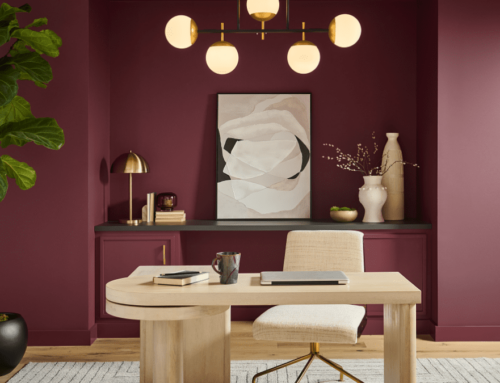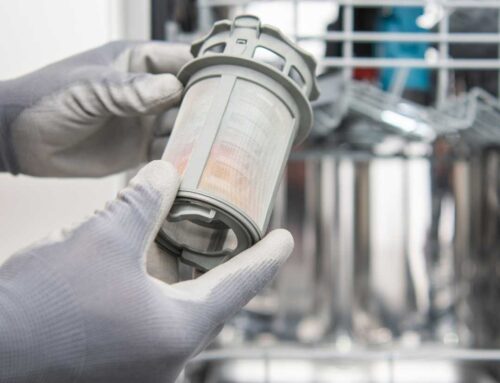One of the hottest home trends is biophilic design, the concept of bringing nature to your indoor spaces. One easy way to do that is with houseplants, but what if you don’t exactly have a green thumb? Here are 10 low-maintenance houseplants that are perfect for those who may have a “black thumb.”
Aloe Vera

Aloe Vera is a great houseplant because it requires very little watering and can grow in many different light conditions. While it can survive in different light conditions, it does best in bright, indirect light, so find a bright spot for it for best results. Aloe prefers to be on the dryer side, so do not overwater. Once a week is enough.
Money Plants
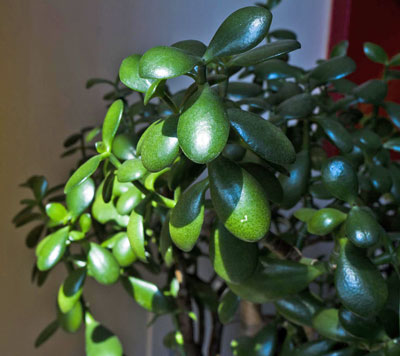
Money plants, also known as jade plants, are not only easy to take care of, but they are said to bring good fortune to their owners. They are succulents, so they require little water. Let the top soil dry out between waterings. These plants need bright light, so make sure they are getting enough light. Money plants can grow very fast, so you’ll also want to watch them and cut them back as needed to prevent them from getting too wide.
Monstera
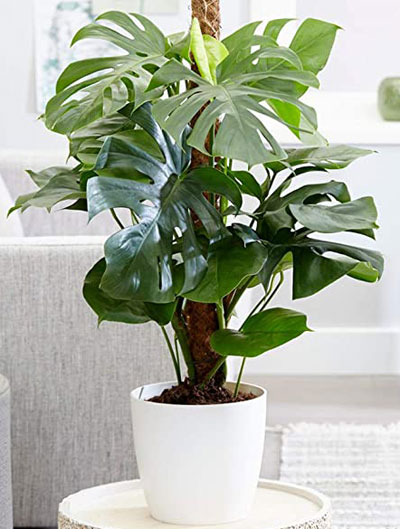
Want to bring a bit of a tropical look into your home? The Monstera plant is perfect for that. Monsteras do well in most light conditions, but it does not light direct sunlight, so keep it away from windows that get heavy sun exposure. Water only when the top inch of soil is dry. If the leaves turn yellow, that is a sign that you have overwatered it. Brown edges on the leaves indicates it may need more water or a bigger pot. One word of caution: Monstera can grow up to around 6 feet tall, so plan accordingly.
Peace Lily
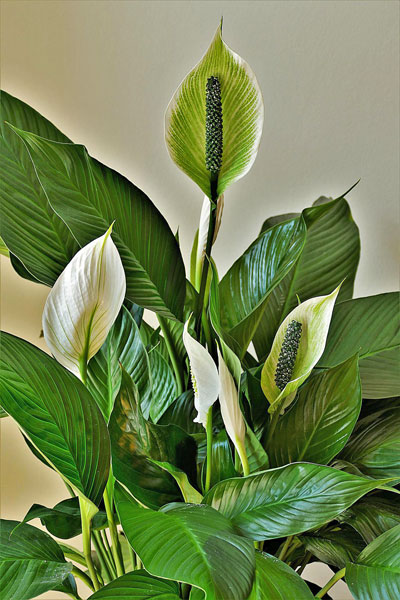
Want to add some flowers to your house? The Peace Lily, which produces some white folded flowers (primarily in summer), is a great choice. For best results, place the Peace Lily in bright but indirect light and water only when the top of the soil is dry. If the plant droops, it is thirsty. To get it to recover, place it into a sink or bowl of water for 30 minutes. Snip off any spent flowers and dry leaves.
Philodendron
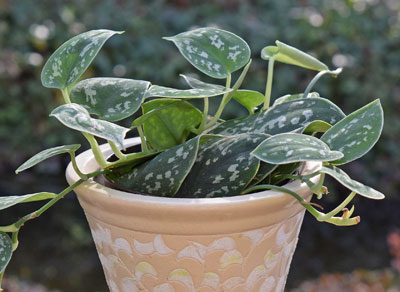
There are several options when it comes to Philodendrons, but all are characterized by the heart-shaped leaves. They can also grow quickly, so they’ll need to be regularly pruned. One great thing about Phildendron is they can be propagated, meaning you can grow several in your home from just one plant. Philodendron prefer medium to bright (but indirect) light but can tolerate low light. They require little watering – once every week or two is sufficient. Philodendron leaves can be toxic to pets if ingested.
Pothos
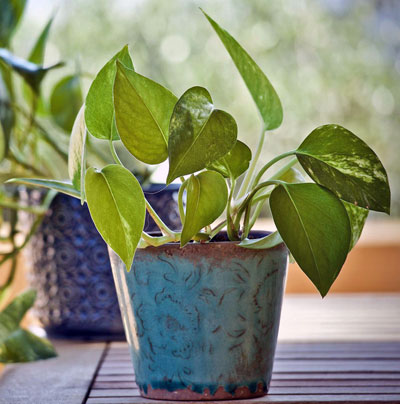
This trailing vine plant is one of the most forgiving houseplants out there. It has been nicknamed Devil’s Ivy thanks to its ability to withstand low light conditions and under- and over-watering. While it can tolerate low light, Pothos prefers medium to bright indirect light. Water every one to two weeks after the soil has dried well. The plant will let you know it needs water by drooping its leaves. It is best to underwater Pothos vs overwatering. The vines can get long, so you may want to prune occasionally to keep them under control.
Rubber Plant
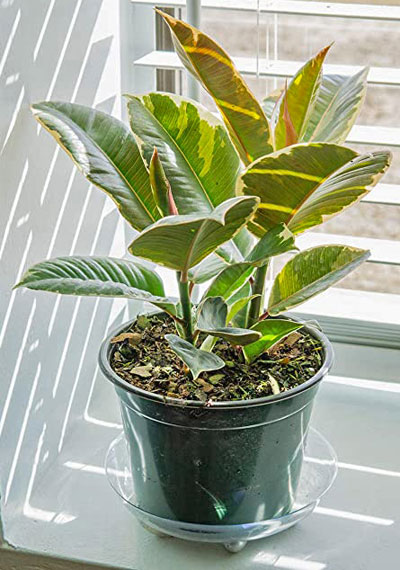
In native Asian habitats, Rubber plants can grow over 100 feet tall, but regular pruning will keep yours sized how you like it. For best results, place the Rubber plant in medium light. However, it can also tolerate bright, direct light or a darker spot. You only need to water when the soil has dried out, which typically is once a week.
Snake Plant
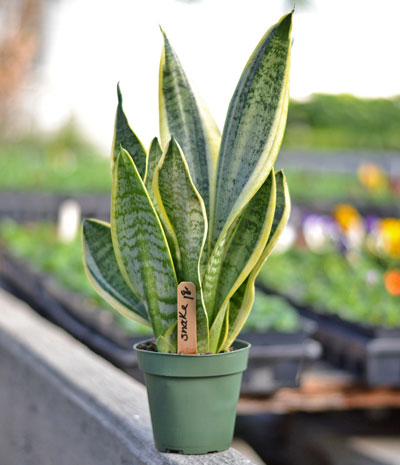
The Snake Plant is one of the most recommended houseplants because it is very tough to kill. According to one expert, a Snake Plant can go for a month without water. If the leaves start to wrinkle, it’s time to water. It can thrive in any lighting condition. One big benefit to the Snake Plant is it can help purify indoor air by filtering some toxins. However, it can be toxic to both pets and humans if ingested, so use caution around kids and pets.
Spider Plant
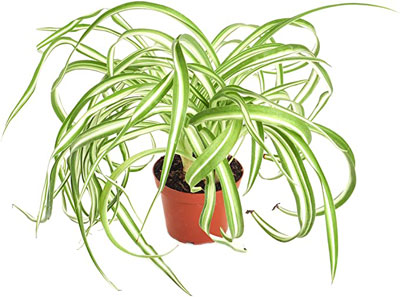
Spider Plants are extremely adaptable, making them great for beginners or those who tend to kill plants. A Spider Plant can grow in any light condition other than direct sunlight but do best in brighter light. Keep soil moist but never soggy – weekly watering is likely all that is needed. One great thing about the Spider Plant is the shoots produce little “babies” that can be repotted and placed elsewhere.
ZZ Plant
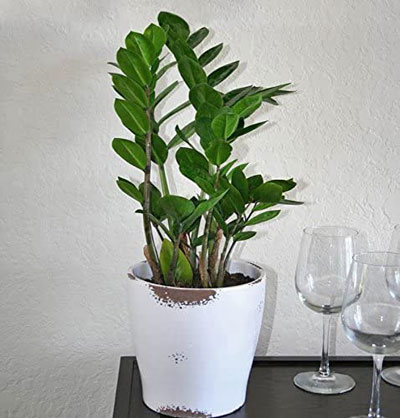
The ZZ Plant is a drought-tolerant plant that’s native to East Africa, meaning it requires little water and does well in most lighting conditions. For best results, place it in medium to bright, indirect light and let the soil completely dry out between waterings. You will only need to water it about every three weeks. The ZZ Plant also prefers low humidity, so bathrooms and other more humid spaces may not be the best locations for this plant.
Looking for your dream home? Liberty Homes has been building new homes in Utah for nearly 30 years. We take pride in our trade, crafting each home as if it were our own. Our quality, affordable homes are energy smart and thoughtfully personalized for your active Utah lifestyle. We currently have townhomes available in Salt Lake County. Contact us today to get started building your new home.

Want home decorating and maintenance tips, craft ideas, recipes, and more delivered right to your inbox?
Sign up for our monthly newsletter:


